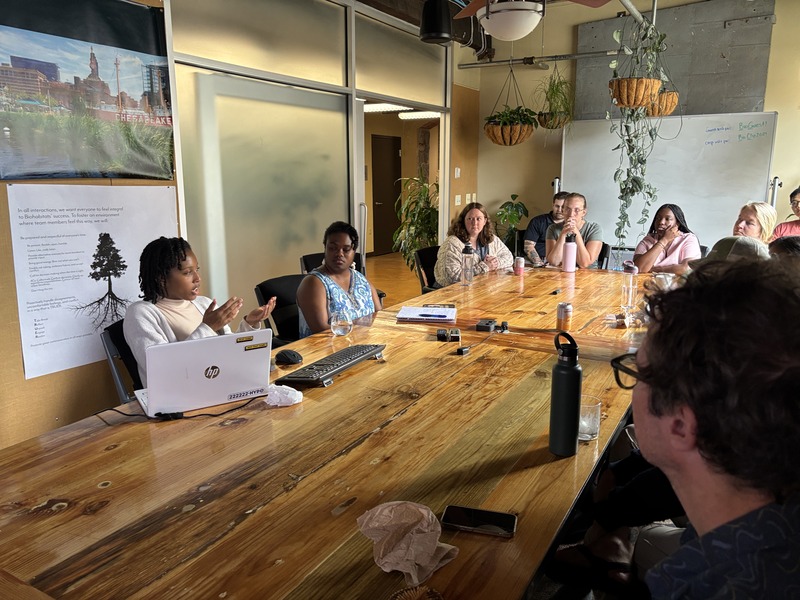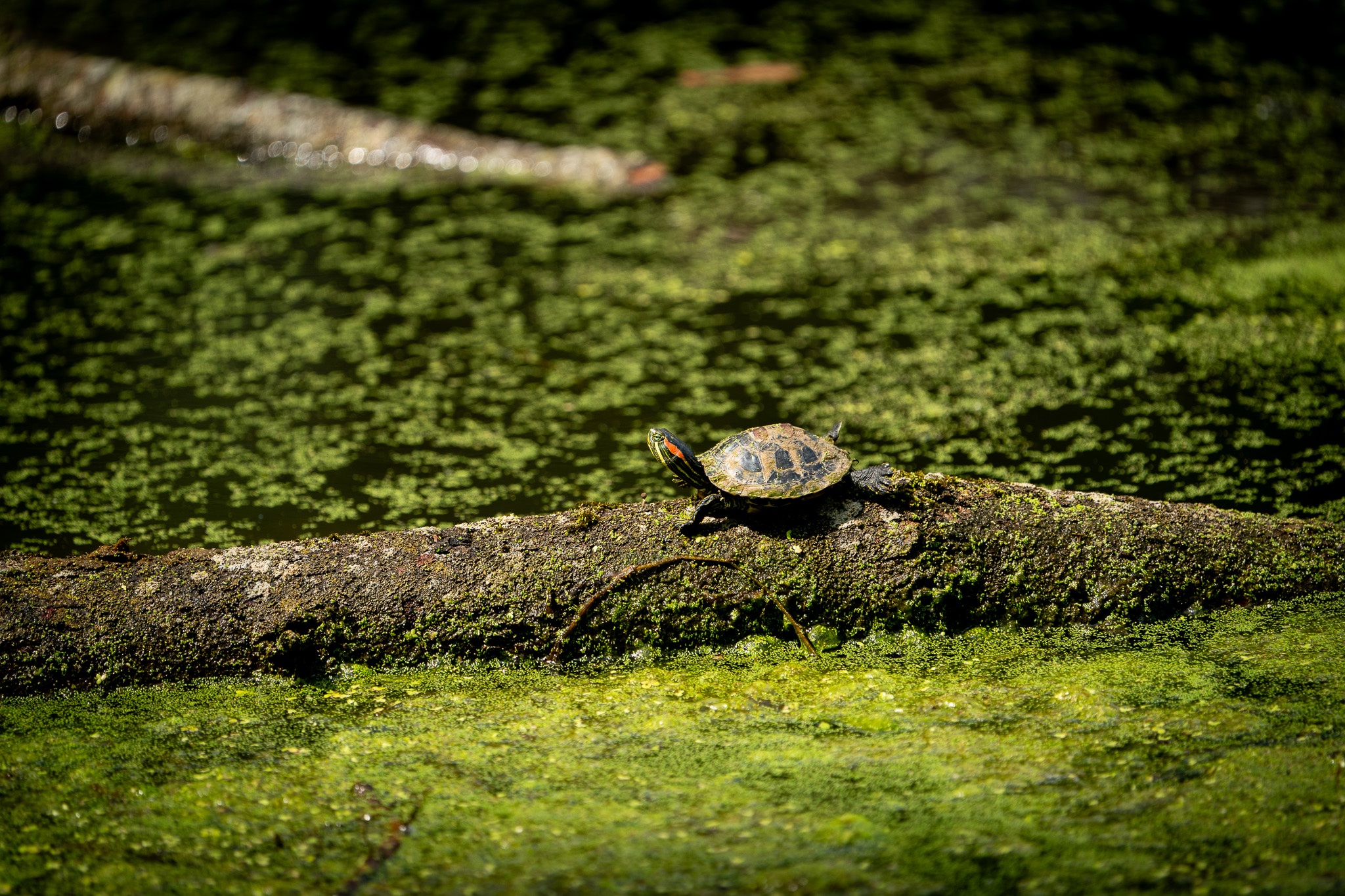There’s a time and place for most things; being a Biohabitats Intern in summer 2025 was the perfect combination of both for me.

Syan Smoot is a December 2024 graduate of Morgan State University with a Bachelor of Science in Civil Engineering and will begin a Master of Science in Biological and Agricultural Engineering at North Carolina State University in August 2025. She is passionate about green stormwater infrastructure.
I became enamored by the idea of green stormwater infrastructure during my first internship after my freshman year at Morgan. Prior to that experience, I hadn’t fathomed that engineered solutions for stormwater management could involve soil and vegetation – I thought it all went down the storm drains! During the internship, I completed best management practice (BMP) inspections with other interns. From then on, in every internship I pursued, I chased similar experiences of inspecting and designing stormwater practices.
I chose to study biological and agricultural engineering to have a more in-depth understanding of how green stormwater infrastructure works. This discipline, complemented by my background in civil engineering, puts me in an excellent position to design practices that provide ecological and environmental benefits. The internship with Biohabitats gave me the opportunity to work with engineers with backgrounds like my own who operate through a more ecological lens. I couldn’t think of a better way to bridge the gap between the disciplines of my degree programs.

For me, the two most distinct aspects of the Biohabitats internship experience are the research project and the field work. For my project, I explored how modular forms of Hügelkultur and the Miyawaki Method of forest planting could earn water quality credit. I let my curiosity guide me while developing an innovative way to achieve ecomimicry. While the results weren’t what I expected, I gained context about Maryland’s Water Quality Credit Trading program as well as Anne Arundel County’s Watershed Protection & Restoration Fee. As for the field work, I was out at least one day each week. Most of my field days were spent in Annapolis doing stormwater BMP inspections. Other days, I was inspecting stream restoration projects in Howard County. There was a fair amount of office work to do as well. I got to help out on a floodplain study for Charles County, Maryland; along with some stormwater design work for other projects between Washington D.C. and Maryland.

Overall, my internship with Biohabitats was the perfect transitional step between my civil engineering background and my future in biological and agricultural engineering. The environmental focus of this experience gave me a new perspective and a new appreciation for the two disciplines.
